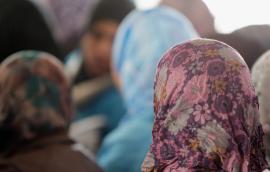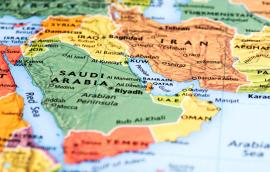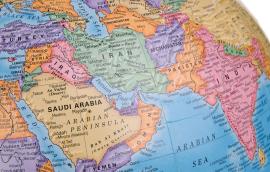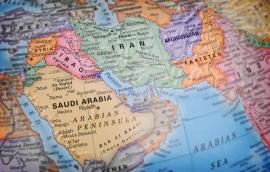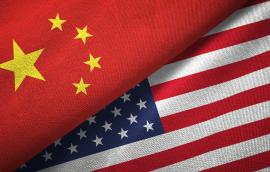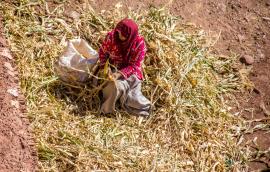The Communitarian Arab State
By Imad Salamey, Ph.D., Lebanese American University
Contemporary Arab politics have been overwhelmed by communitarian divisions. This research reviews rising transnational communitarianism in the Middle East and suggests communitarian plurality as a solution to ongoing political conflicts in the region.
Imad Salamey discusses in both a short issue brief and longer research paper on pluralism and inclusion in the Middle East after the Arab Spring. The project is generously supported by a grant from the Carnegie Corporation of New York.
Imad Salamey August 29, 2018
